Ceramic bearings are a popular choice among skateboarders seeking to enhance their performance and riding experience. Known for their durability, lightweight nature, and reduced friction, ceramic bearings offer a smoother and faster ride compared to traditional steel bearings.
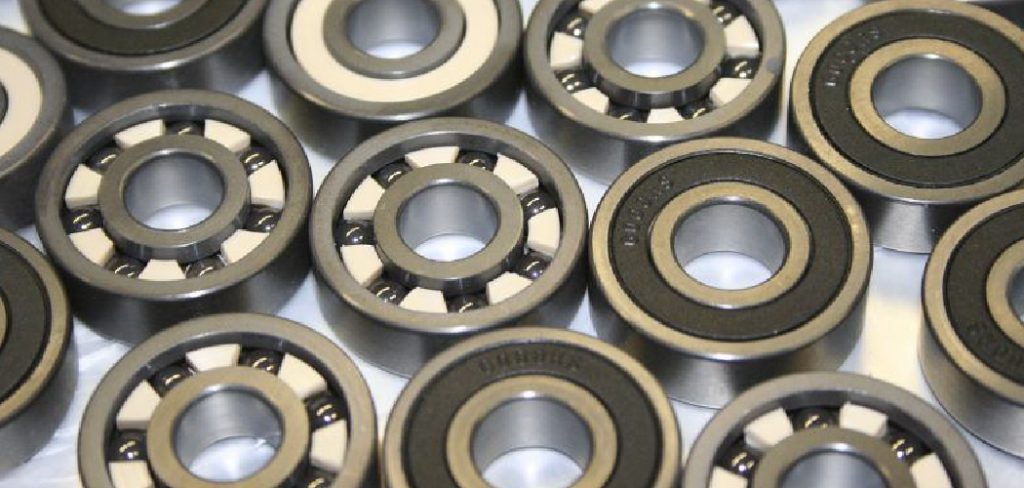
Whether you’re a professional skater or a casual rider, understanding how to properly use and care for ceramic bearings can significantly improve their lifespan and functionality. This guide will walk you through the essential steps on how to use ceramic bearings in skateboards.
What Are Ceramic Bearings?
Ceramic bearings are a type of bearing made from ceramic materials, typically silicon nitride, rather than traditional steel. These bearings are prized for their superior performance characteristics, which make them an excellent choice for applications like skateboarding.
Ceramic bearings are lighter, harder, and more heat-resistant than their steel counterparts, allowing them to reduce friction and maintain their shape under heavy use. Additionally, ceramic materials are less prone to rust and corrosion, making these bearings highly durable and low-maintenance. With all these features, ceramic bearings help deliver a faster, smoother, and more efficient skating experience.
Why Skateboarders Choose Ceramic Bearings
Skateboarders often choose ceramic bearings for the unparalleled advantages they provide during rides. One of the main reasons is their ability to reduce friction, resulting in smoother and faster wheel rotation. This is particularly beneficial for skaters who perform tricks, speed skating, or downhill skating, where precision and efficiency are critical.
Additionally, ceramic bearings are incredibly lightweight, which can enhance the overall maneuverability of the skateboard. Durability is another major factor; ceramic bearings are less susceptible to wear and tear, corrosion, and rust, ensuring they maintain optimal performance even after extended use in various weather conditions.
For skateboarders aiming to maximize their performance and enjoy a superior riding experience, ceramic bearings are a clear choice.
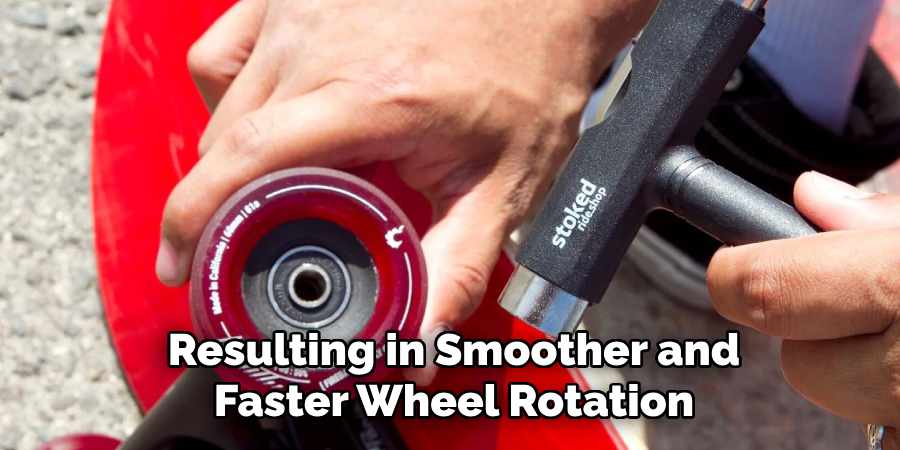
Differences Between Ceramic and Steel Bearings
When comparing ceramic and steel bearings, several key differences set them apart in terms of performance, durability, and maintenance. Firstly, ceramic bearings are significantly lighter than steel bearings, contributing to a smoother and faster ride.
This reduced weight also translates to lower rolling resistance, making ceramic bearings ideal for high-performance skateboarding. Secondly, ceramic bearings are harder and more heat-resistant than steel bearings, allowing them to endure intense use without deforming or wearing out as quickly.
Another major difference lies in their resistance to rust and corrosion. Ceramic bearings, being non-metallic, are much less susceptible to rust and can maintain their integrity even in damp or wet environments. On the other hand, steel bearings are more likely to corrode, requiring regular lubrication and maintenance to prevent rust.
However, steel bearings tend to be more affordable and provide a more cost-effective option for beginners or casual skaters.
10 Methods How to Use Ceramic Bearings in Skateboards
1. Choose the Right Ceramic Bearings for Your Skateboard
Not all ceramic bearings are created equal, so selecting the right ones is the first step. Full-ceramic bearings are lighter and highly resistant to corrosion but can be more brittle, making them suitable for cruising or street skating.
Hybrid ceramic bearings combine ceramic balls with steel races, offering a balance of strength and performance, making them ideal for tricks and high-impact skating. Check the ABEC rating of the bearings to match your speed and precision requirements.
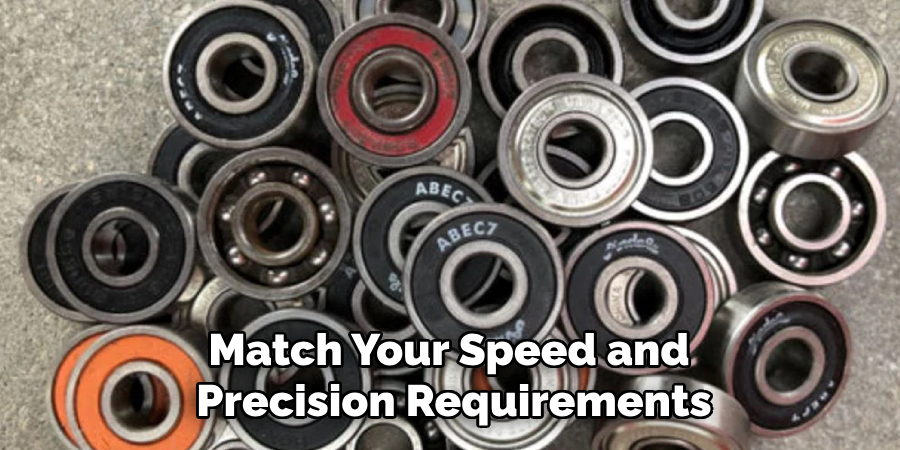
2. Prepare Your Wheels and Axles for Installation
Before installing ceramic bearings, ensure the wheels and axles of your skateboard are clean and free from dirt, rust, or debris. Dirt and grime can interfere with the smooth operation of the bearings and reduce their lifespan. Use a soft cloth or brush to clean the wheel hubs and axles thoroughly. If there’s rust, apply a rust remover and sand lightly until the surfaces are smooth and ready for the bearings.
3. Properly Install Ceramic Bearings
Installing ceramic bearings requires precision to avoid damaging them. Insert the bearing into the wheel hub by pressing it gently but firmly. Use a bearing press tool if available, as this ensures even pressure and reduces the risk of misalignment. Avoid hammering the bearings into place, as this can crack the ceramic balls or deform the housing. Ensure the bearings sit flush with the wheel hub for optimal performance.
4. Use Bearing Spacers for Stability
To maximize the efficiency of ceramic bearings, use bearing spacers between the bearings inside each wheel. Spacers help distribute weight evenly across the bearings and prevent uneven wear. They also improve stability during high-speed rides and tricks by keeping the bearings aligned. Choose spacers that match the width of your wheels to ensure a snug fit.
5. Break in Your Ceramic Bearings
Ceramic bearings, like any other bearing, require a break-in period to perform at their best. During the first few rides, the bearings adjust to the weight and pressure applied by the skateboard. Start with smooth and steady rides, avoiding high-impact tricks or rough terrain. As the bearings settle in, you’ll notice a significant improvement in their smoothness and speed.
6. Lubricate the Bearings Properly
While ceramic bearings are designed to operate with minimal lubrication, applying a small amount of high-quality bearing lubricant can extend their life and enhance performance.
Use a lubricant specifically designed for skateboard bearings. Apply a few drops to the outer edge of each bearing, then spin them to distribute the lubricant evenly. Avoid using excessive lubricant, as this can attract dirt and debris.
7. Maintain and Clean Ceramic Bearings Regularly
Regular maintenance is essential to keep ceramic bearings functioning smoothly. Over time, dirt and grime can accumulate, affecting their performance.
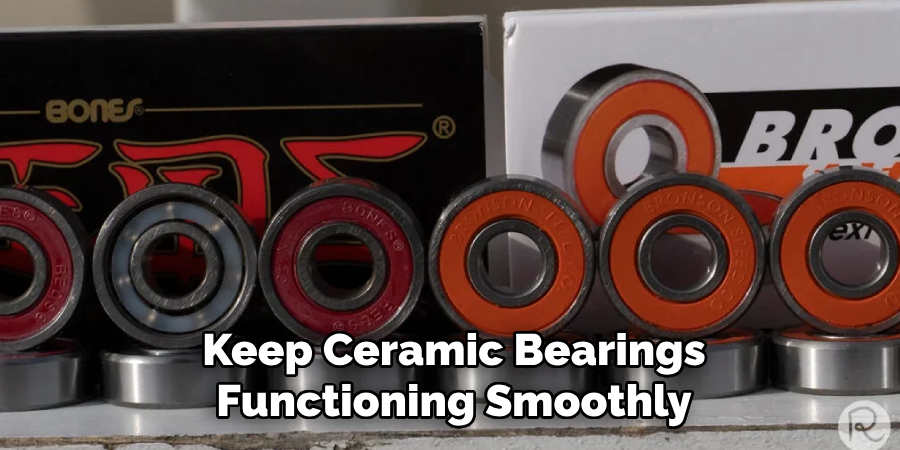
Remove the bearings from the wheels and clean them with a bearing cleaner or isopropyl alcohol. Use a soft brush to remove stubborn dirt, then let the bearings dry completely before reinstalling them. Perform this cleaning process every few months or after riding in wet or dirty conditions.
8. Avoid Riding in Wet or Muddy Conditions
Ceramic bearings are highly resistant to rust but not entirely immune to damage caused by wet or muddy environments. Riding in such conditions can introduce debris into the bearings, compromising their smoothness and lifespan.
If you must skate in damp conditions, clean and dry the bearings immediately afterward to prevent long-term damage. Using bearing shields can also help protect them from exposure.
9. Monitor Bearing Performance During Rides
Pay attention to how your ceramic bearings perform during rides. Unusual noises, reduced speed, or wobbling wheels can indicate a problem. These issues might result from dirt, improper installation, or wear and tear. Address problems promptly by inspecting, cleaning, or replacing the bearings as needed. Regular monitoring ensures that your skateboard continues to deliver optimal performance.
10. Replace Worn or Damaged Bearings
Even high-quality ceramic bearings have a finite lifespan, especially under intense usage. Inspect your bearings regularly for signs of wear, such as cracks, chips, or excessive play.
If you notice any of these issues, replace the bearings immediately to prevent accidents or further damage to your skateboard. Always invest in quality ceramic bearings for replacements to maintain the performance and safety of your setup.
Troubleshooting Common Issues
Even with proper care and maintenance, ceramic bearings can encounter problems over time. Here are some common issues and how to address them:
1. Bearing Noise or Grinding
If your bearings are making unusual noises or feel rough when spinning, dirt or debris may have entered them. Remove the bearings from your skateboard and clean them thoroughly using a bearing cleaner or isopropyl alcohol. Make sure to dry them completely before applying lubrication and reinstalling.
2. Reduced Speed or Performance
A drop in speed or performance often indicates that the bearings are dirty, dry, or improperly installed. Clean and lubricate your bearings, and double-check that they are installed correctly, sitting flush within the wheel hubs. Ensure that spacers are used to maintain alignment and stability.
3. Bearing Misalignment
If your wheels wobble or feel unstable, this could be caused by misaligned bearings or axles. Reinstall the bearings, ensuring they are seated evenly within the wheels. Inspect the axles for any damage or warping, as this can also contribute to instability.
4. Cracked or Damaged Bearings
Ceramic bearings, particularly full-ceramic ones, can be more brittle than steel or hybrid ceramic bearings. If you notice cracks, chips, or visible damage, replace the affected bearings immediately to avoid further issues or safety risks. Always handle ceramic bearings carefully during installation and maintenance.
5. Bearings Sticking or Not Spinning Freely
This issue may occur if excessive lubricant has been applied or if residue has built up inside the bearing. Clean the bearings thoroughly, allow them to dry, and reapply a minimal amount of high-quality lubricant to restore smooth performance.
6. Overheating During Rides
Overheating can happen due to insufficient lubrication or excessive friction caused by improper alignment. Regularly lubricate your bearings and ensure that they are properly installed. Overheating can also indicate that the bearings have reached the end of their lifespan and need replacement.
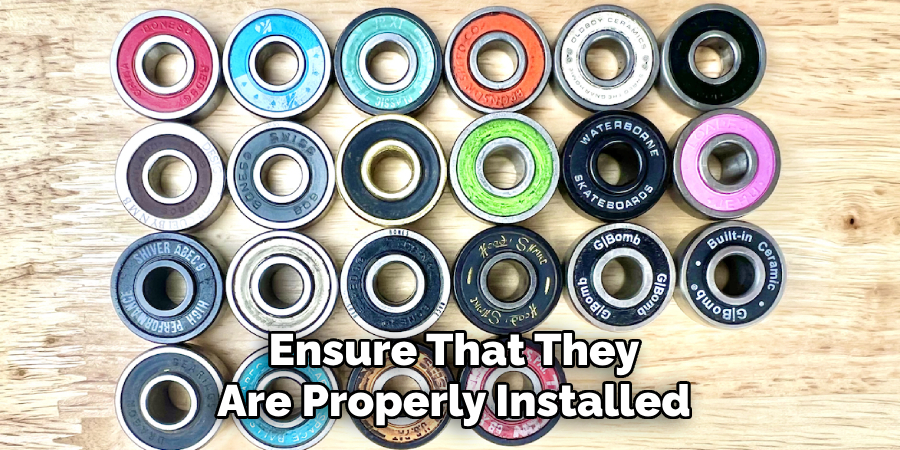
Conclusion
Ceramic bearings are a valuable upgrade for skateboarders seeking smoother rides, higher speeds, and longer-lasting performance. By following these ten methods, you can effectively install, maintain, and use ceramic bearings to enhance your skating experience.
Proper care and attention to detail ensure that these advanced components deliver the best results, whether you’re cruising down the street or executing advanced tricks.
Specialization:
- Master of wheel-throwing, hand-building, and advanced glazing techniques
- Focus on creating both functional pottery and decorative art pieces
Recognition:
- Celebrated by collectors and art enthusiasts for creating one-of-a-kind pieces that blend artistry with functionality
- Participates in local and national exhibitions, earning accolades for his innovative designs and craftsmanship
Passion:
- Deeply committed to exploring and pushing the boundaries of ceramic artistry
- Continuously experiments with new materials, firing techniques, and artistic concepts to evolve his craft
Personal Philosophy:
- Believes in the transformative power of art, aiming to evoke emotions and connections through his ceramic creations
- Advocates for sustainability in ceramics, using eco-friendly materials and practices whenever possible


